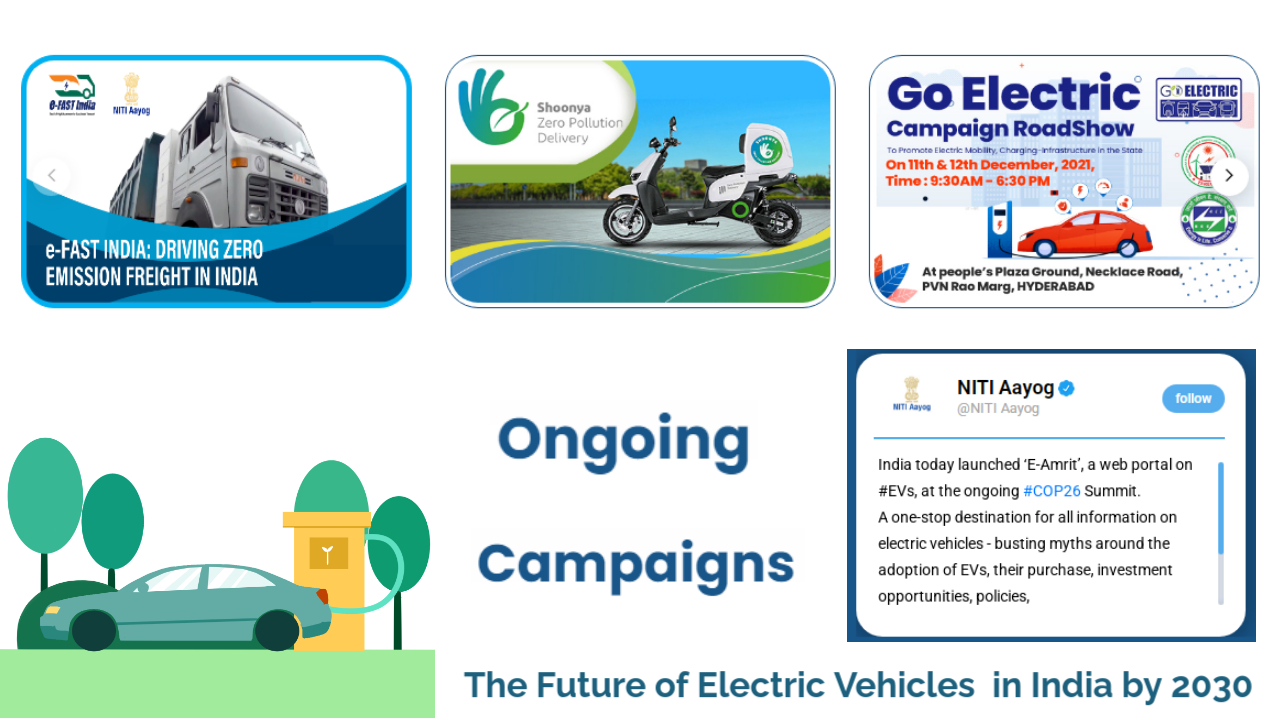The Future of Electric Vehicles in India by the Year 2030: The electric vehicle (EV) market in India has made notable progress over the last few years, becoming a vital element of the country’s efforts to mitigate carbon emissions and fight climate change. As we enter 2025, the EV industry is witnessing extraordinary growth and is set to achieve the milestone of 2 million sales.

The Future of Electric Vehicles in India by the Year 2030
The Future of Electric Vehicles in India by the Year 2030. This article examines the current landscape, challenges, and future potential of the EV sector in India, with data and statistics to support the analysis. For more tech new click here.
Key Players in the Electric Vehicles Sector in India like Cars, Bikes, and Scooters
Major automotive companies like Tata Motors and Mahindra Electric, Hyundai alongside international giants such as Tesla and BYD, have made considerable advancements in the Indian market. Additionally, startups like Ola Electric, Ather Energy, Honda and Baja are enriching the ecosystem with inventive solutions and affordable offerings.
What is the government policy on EVs in India?
The Indian Government has set a bold objective of reaching 30% electric vehicle integration by 2030, while our vision for a developed nation by 2047 demands the formation of a resilient research and development landscape to cultivate a self-sustaining domestic EV industry.
EV car sales in India saw a positive surge with Q1 2025
In 2025, the sales of electric vehicles in India experienced a notable increase, with first-quarter sales totaling 514,198 units, reflecting a 3% rise compared to the previous year. Electric vehicles now account for 8% of the overall automobile sales in India. Despite the robust growth in EV sales during the initial quarter, April 2025 witnessed a minor decline attributed to decreased government subsidies for electric two-wheelers.
Challenges for the EV Charging Infrastructure in India
A variety of challenges obstruct the growth of EV charging infrastructure in India, including elevated initial expenses, inconsistent regulations, limited grid capacity, and a lack of consumer awareness. These factors hinder the creation of a broad and reliable network of charging stations, which in turn affects the adoption of electric vehicles.
(a) High Initial Costs
(b) Charging Infrastructure
(c) Battery Technology
(d) Range Anxiety
Also Read: Samsung Galaxy S25 Edge Launched in India
Benefits of the EV infrastructure in India
Electric vehicles are super silent because they don’t have an engine. This means no noise at all! You might even need to check your dashboard to see if it’s on. They’re so quiet that manufacturers add sounds to help pedestrians notice them. Establishing electric vehicle infrastructure in India provides a variety of benefits, including greater EV adoption, less reliance on fossil fuels, better air quality, and opportunities for economic development.
FAQ: The Future of Electric Vehicles in India by 2030
What is the current status of the electric vehicle (EV) market in India?
As of 2025, the Indian EV market has reached significant milestones, including a rapid growth trajectory, with EV sales expected to cross 2 million units this year.Who are the key players in India’s EV sector?
Major players include Tata Motors, Mahindra Electric, Hyundai, Tesla, BYD, Ola Electric, Ather Energy, Honda, and Bajaj, all contributing to the growing ecosystem with innovative solutions.What is the Indian government’s policy on EV adoption?
The Indian government aims to achieve 30% electric vehicle adoption by 2030, supporting this with policies to boost research, development, and a self-sustaining domestic EV industry.What are the main challenges facing EV adoption in India?
Key challenges include high initial costs, limited charging infrastructure, battery technology constraints, range anxiety, and a lack of consumer awareness.What are the benefits of expanding EV infrastructure in India?
Enhanced EV infrastructure will lead to higher adoption rates, reduced fossil fuel dependence, improved air quality, and economic growth.


Nice and helpful articles